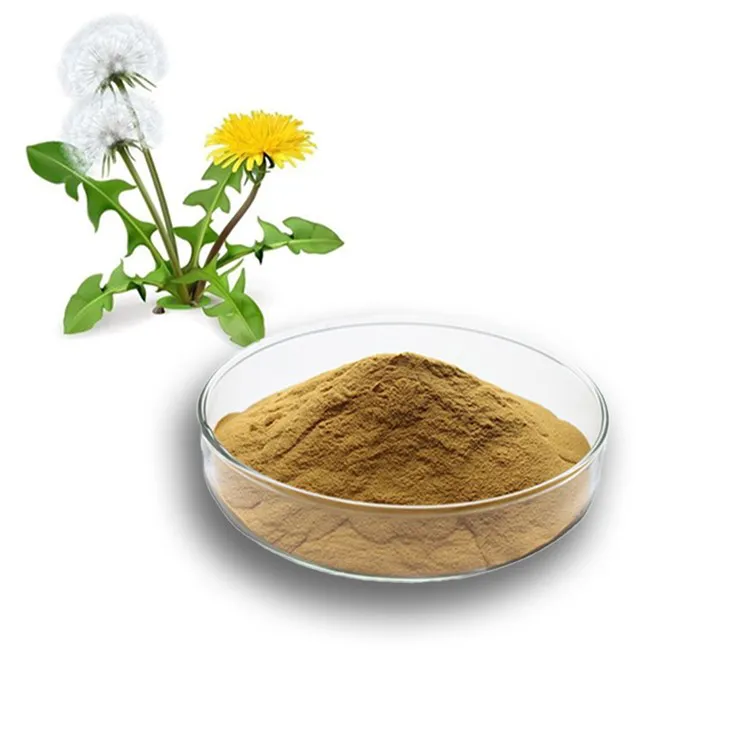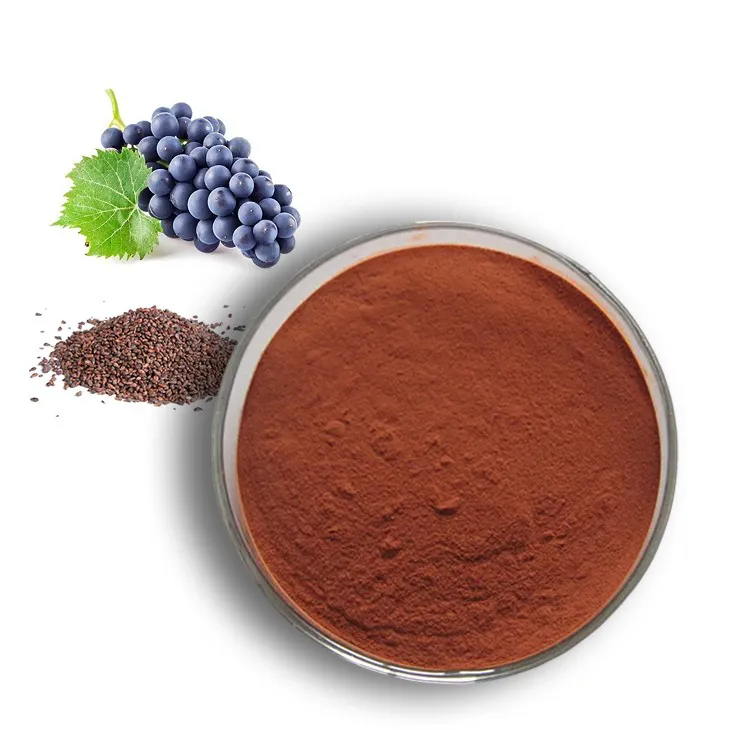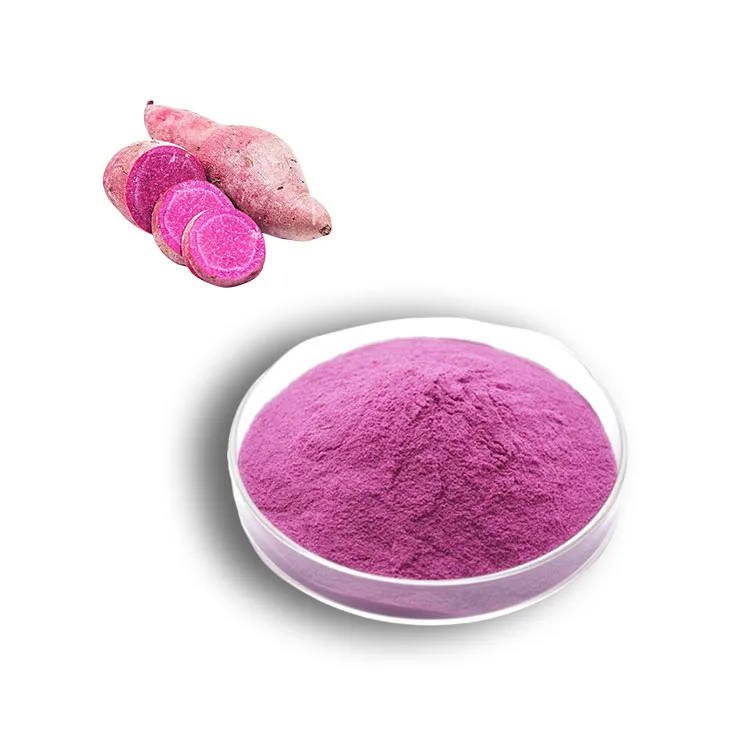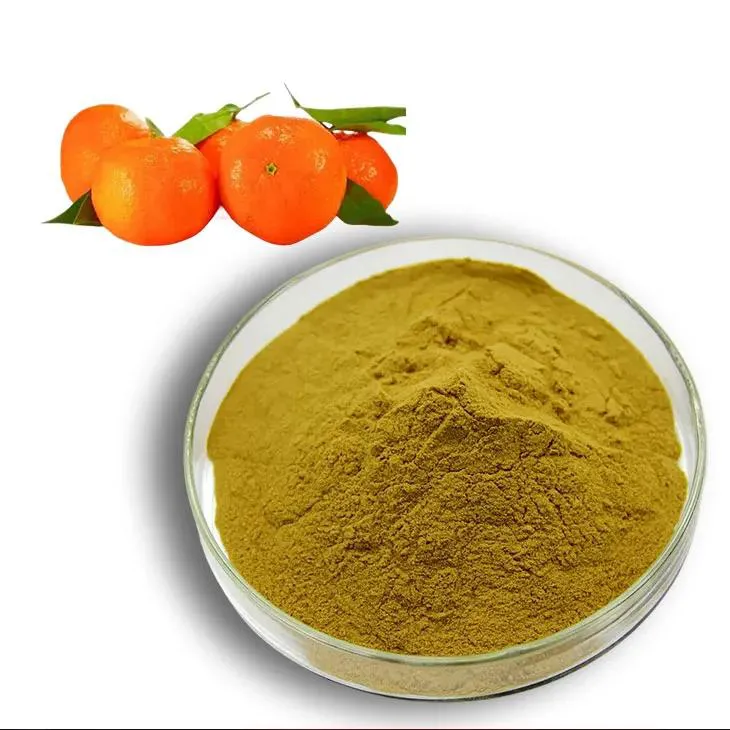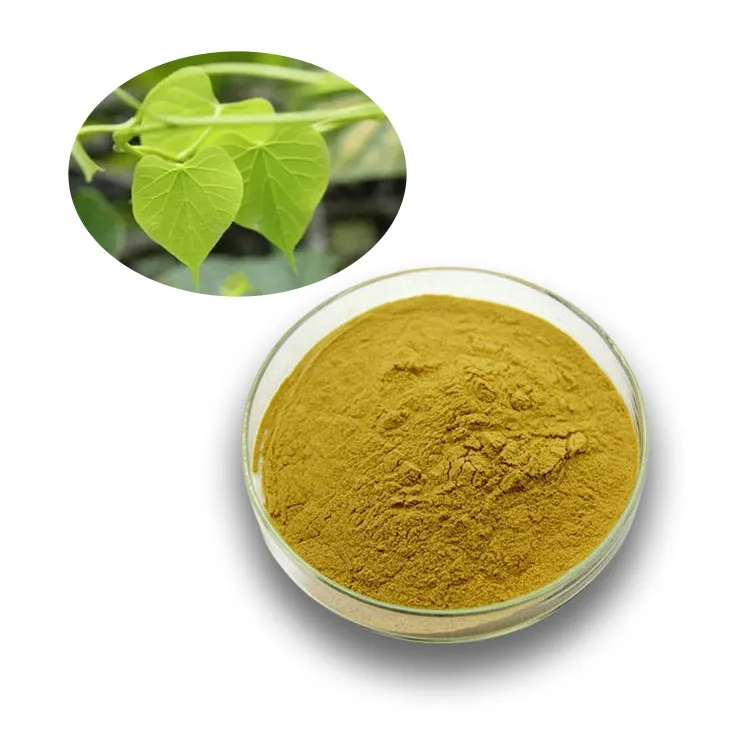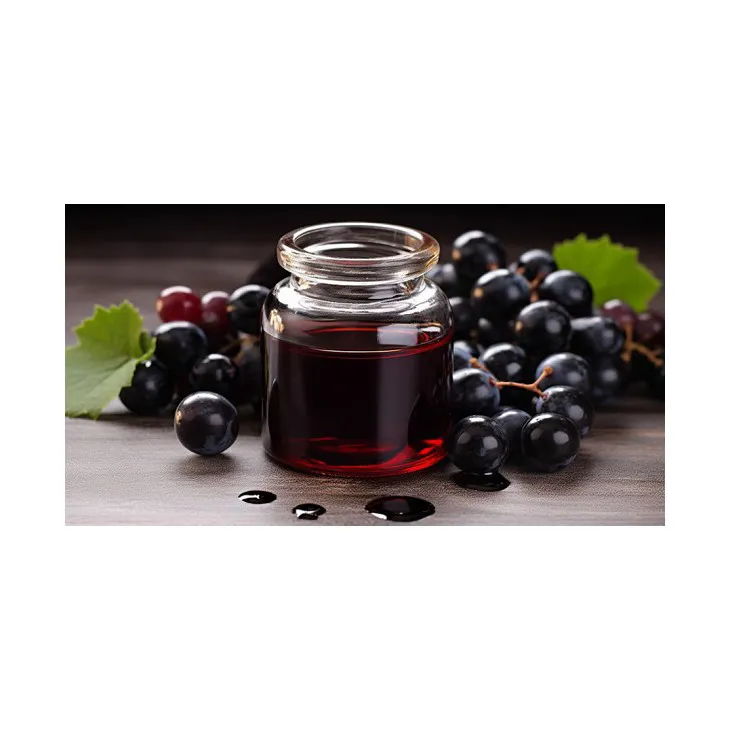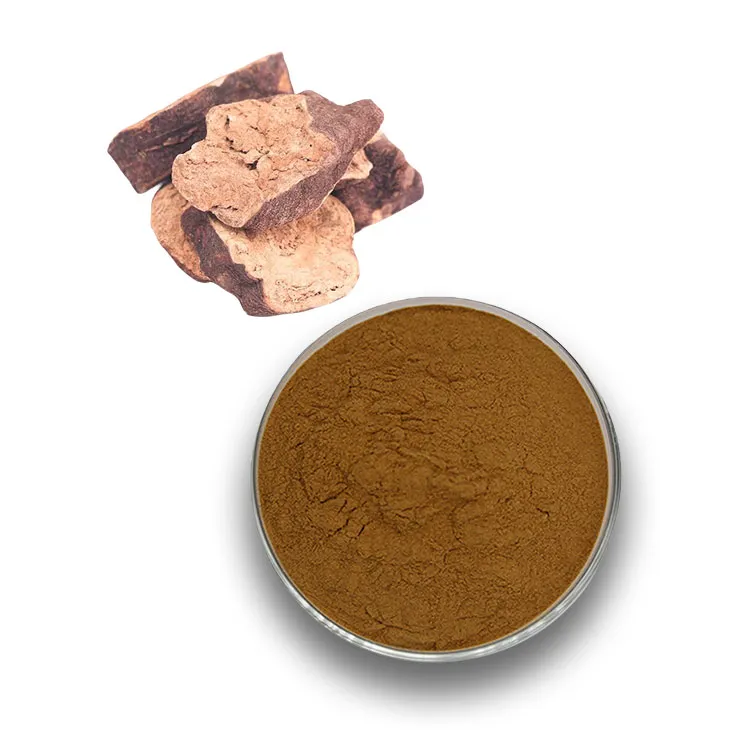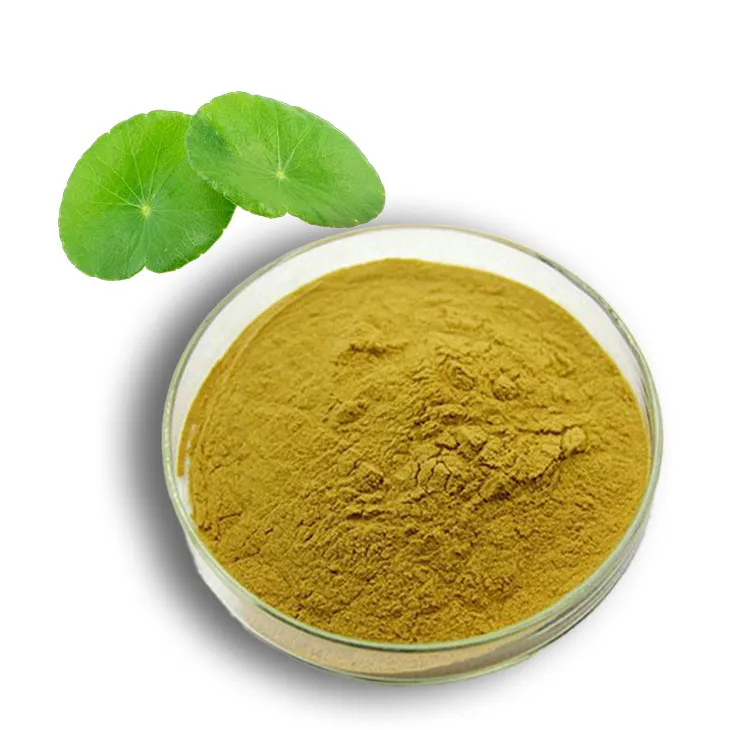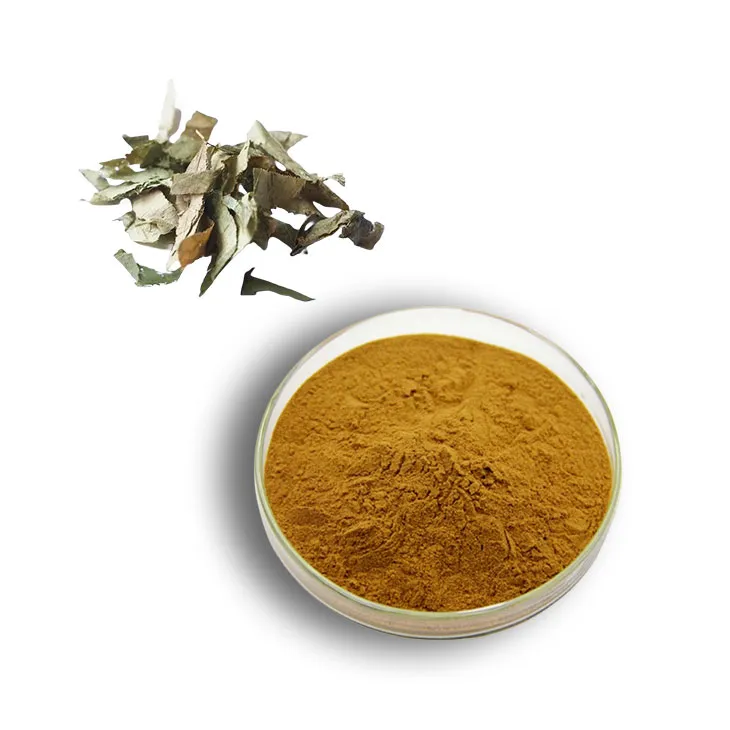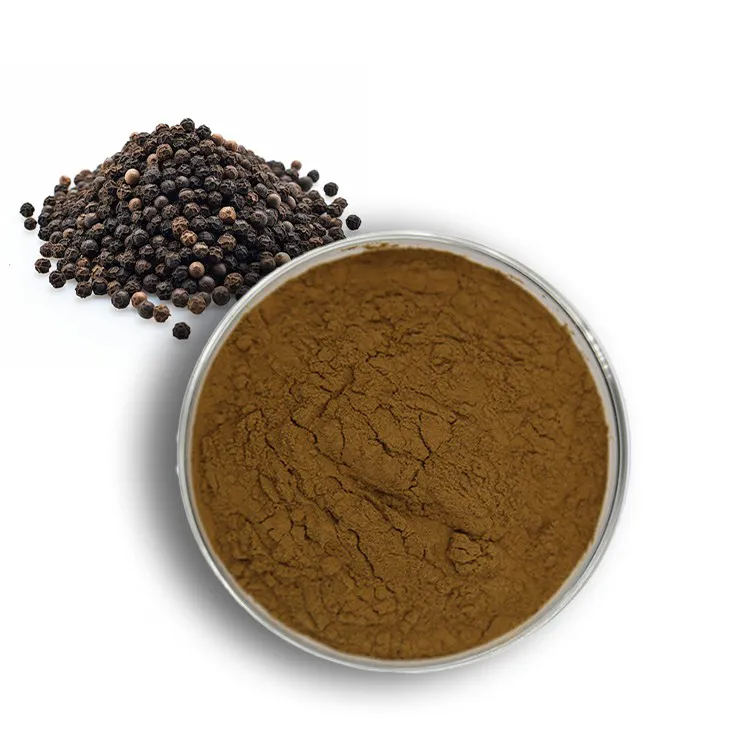- 0086-571-85302990
- sales@greenskybio.com
does watermelon have lycopene
2023-09-27
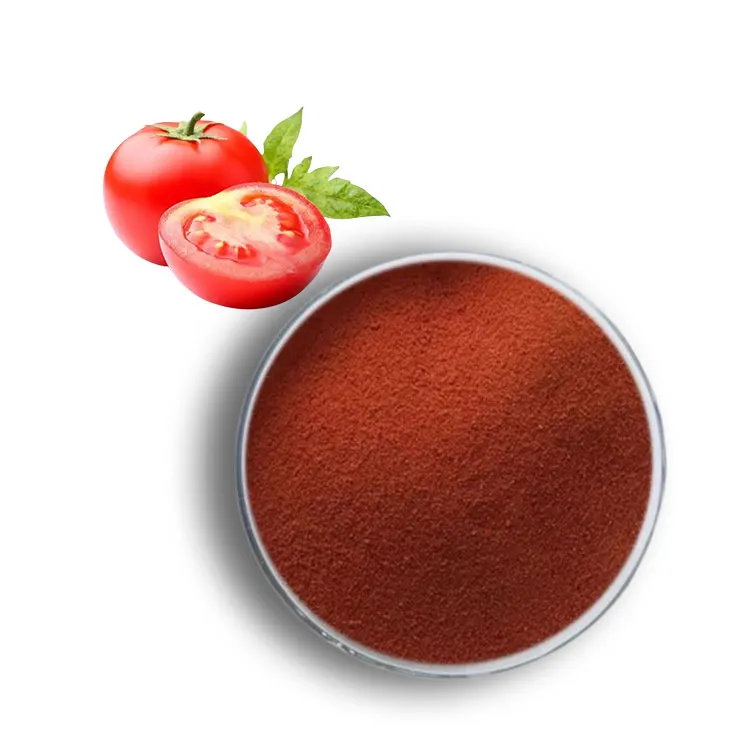
1. What is Watermelon?
1. What is Watermelon?
Watermelon, scientifically known as Citrullus lanatus, is a fruit that belongs to the Cucurbitaceae family, which also includes cucumbers, squash, and pumpkins. Native to southern Africa, watermelon has been cultivated and enjoyed for thousands of years, with evidence of its consumption dating back to ancient Egyptian times. The fruit is now grown in many parts of the world, including North America, Europe, and Asia.
Watermelon is a popular summer fruit, known for its refreshing taste, high water content, and vibrant red flesh. The fruit is typically large, round, and green on the outside, with a hard rind that protects the juicy, sweet interior. The flesh of the watermelon is composed of numerous small, seed-containing segments, which are often eaten fresh or used in a variety of culinary applications.
Watermelon is not only a delicious and hydrating fruit, but it is also rich in nutrients. It is an excellent source of vitamins A, C, and B6, as well as minerals such as potassium and magnesium. Additionally, watermelon contains a unique compound called Lycopene, which has been linked to numerous health benefits.
In summary, watermelon is a versatile and nutritious fruit that is enjoyed by people around the world for its sweet taste, refreshing qualities, and health-promoting properties. As we delve deeper into this article, we will explore the Lycopene content in watermelon, its health benefits, and how to maximize its intake from this delicious fruit.
2. Lycopene Content in Watermelon
2. Lycopene Content in Watermelon
Watermelon is a popular fruit known for its sweet taste and refreshing nature, but it also contains a significant amount of lycopene. Lycopene is a powerful antioxidant and a phytochemical that belongs to the carotenoid family. It is responsible for giving watermelon its vibrant red color, but more importantly, it plays a crucial role in promoting health and preventing diseases.
The lycopene content in watermelon can vary depending on factors such as the variety, ripeness, and growing conditions. However, on average, watermelon contains about 5.5 milligrams of lycopene per 100 grams of fruit. This makes watermelon one of the richest dietary sources of lycopene, second only to tomatoes.
It is important to note that the lycopene content is concentrated in the fleshy part of the watermelon, not the rind. The flesh is where the majority of the nutrients, including lycopene, are found. Therefore, to maximize the lycopene intake, it is recommended to consume the fleshy part of the watermelon.
In addition to watermelon, other fruits and vegetables also contain lycopene, but in varying amounts. For example, tomatoes, which are often considered the primary source of lycopene, contain about 3.5 milligrams per 100 grams. Other sources of lycopene include red grapefruit, guava, papaya, and pink grapefruit.
It is also worth mentioning that the lycopene content in watermelon can be enhanced by certain factors. For instance, watermelon grown in sunny climates tends to have higher lycopene levels compared to those grown in less sunny conditions. Additionally, ripe watermelons have a higher lycopene content than unripe ones.
In conclusion, watermelon is a rich source of lycopene, with an average of 5.5 milligrams per 100 grams of fruit. The lycopene content can vary depending on factors such as variety, ripeness, and growing conditions. To maximize lycopene intake, it is recommended to consume the fleshy part of the watermelon and choose ripe, sun-grown fruits.
3. Health Benefits of Lycopene in Watermelon
3. Health Benefits of Lycopene in Watermelon
Lycopene is a powerful antioxidant that plays a crucial role in maintaining good health. As a natural component of watermelon, it contributes to a range of health benefits that can enhance your overall well-being. Here are some of the key health benefits of lycopene found in watermelon:
3.1 Antioxidant Properties
Lycopene is renowned for its antioxidant properties, which help to neutralize free radicals in the body. Free radicals are unstable molecules that can cause cellular damage and contribute to aging and various diseases. By combating these harmful molecules, lycopene can help protect your cells and tissues, reducing the risk of chronic diseases and promoting a longer, healthier life.
3.2 Cardiovascular Health
One of the most significant health benefits of lycopene is its positive impact on cardiovascular health. Studies have shown that lycopene can help lower the risk of heart disease by reducing inflammation, improving blood vessel function, and decreasing the levels of bad cholesterol (LDL) in the blood. This, in turn, can lead to a lower risk of heart attacks, strokes, and other cardiovascular issues.
3.3 Skin Health
Lycopene is also beneficial for skin health, as it can protect the skin from harmful UV radiation and reduce the risk of sunburn. This protective effect can help prevent premature aging and reduce the appearance of wrinkles and fine lines. Additionally, lycopene's antioxidant properties can help repair damaged skin cells and promote the production of collagen, which is essential for maintaining skin elasticity and firmness.
3.4 Cancer Prevention
Research has suggested that lycopene may play a role in cancer prevention, particularly in reducing the risk of prostate, lung, and stomach cancers. The antioxidant properties of lycopene can help neutralize carcinogens and reduce inflammation, which are both factors that contribute to the development of cancer. While more research is needed to establish a definitive link, incorporating lycopene-rich foods like watermelon into your diet can be a beneficial step towards a healthier lifestyle.
3.5 Improved Vision
Lycopene has also been linked to improved vision health. Studies have shown that lycopene can help protect the eyes from age-related macular degeneration and cataracts, both of which can lead to vision loss. By consuming lycopene-rich foods like watermelon, you can support your eye health and maintain good vision as you age.
3.6 Bone Health
Recent research has indicated that lycopene may also contribute to bone health. Lycopene has been found to help increase bone mineral density, which can reduce the risk of osteoporosis and fractures. By incorporating watermelon and other lycopene-rich foods into your diet, you can support strong, healthy bones.
3.7 Anti-Inflammatory Effects
Lycopene has anti-inflammatory properties that can help reduce inflammation in the body. Chronic inflammation is a common factor in many diseases, including heart disease, diabetes, and arthritis. By consuming foods rich in lycopene, you can help lower inflammation levels and potentially reduce the risk of these conditions.
In conclusion, the lycopene found in watermelon offers a wide range of health benefits, from promoting cardiovascular health and protecting the skin to supporting vision and bone health. By incorporating watermelon into your diet, you can enjoy these benefits and improve your overall well-being.
4. How to Maximize Lycopene Intake from Watermelon
4. How to Maximize Lycopene Intake from Watermelon
To maximize the lycopene intake from watermelon, it is essential to understand the factors that influence lycopene bioavailability and absorption. Here are some tips and strategies to help you get the most out of this nutrient-rich fruit:
1. Choose the Right Variety: As mentioned earlier, some watermelon varieties contain more lycopene than others. Look for watermelons with a deep red color, as they tend to have higher lycopene content.
2. Consume at Room Temperature: Lycopene is better absorbed when consumed at room temperature rather than cold. After cutting the watermelon, let it sit at room temperature for a while before eating.
3. Include Healthy Fats: Lycopene is a fat-soluble nutrient, which means it is absorbed better when consumed with a source of healthy fats. Pair your watermelon with a small amount of olive oil, avocado, or nuts to enhance lycopene absorption.
4. Cooking Methods: While watermelon is typically eaten raw, cooking it can increase the bioavailability of lycopene. Try grilling or roasting watermelon to unlock its full potential.
5. Juice It: Drinking watermelon juice can be an effective way to increase lycopene intake. When juicing, the fruit's flesh and rind (which contains lycopene) are both used, providing a more concentrated source of this nutrient.
6. Eat the Rind: The rind of the watermelon contains a significant amount of lycopene. While it may not be as palatable as the sweet flesh, you can incorporate it into smoothies, juices, or even pickled dishes.
7. Avoid Over-Processing: Over-processing or peeling the watermelon can lead to a loss of lycopene. Try to minimize the amount of processing and peeling when preparing watermelon.
8. Regular Consumption: Incorporate watermelon into your diet regularly to ensure a consistent intake of lycopene. It can be a refreshing snack, a salad ingredient, or even a dessert.
9. Freshness Matters: Fresh watermelon contains more lycopene than older or overripe fruits. Always choose fresh, firm watermelons for the best nutritional benefits.
10. Combine with Other Lycopene-Rich Foods: To further boost your lycopene intake, combine watermelon with other lycopene-rich foods like tomatoes, red bell peppers, and guava.
By following these strategies, you can maximize the lycopene content in your watermelon consumption, leading to a healthier diet and potential health benefits associated with lycopene. Enjoy this delicious fruit in various ways to make the most of its nutritional value.
5. Watermelon Varieties Rich in Lycopene
5. Watermelon Varieties Rich in Lycopene
When it comes to choosing a watermelon that is rich in lycopene, there are several varieties that stand out for their high levels of this beneficial compound. Lycopene content can vary significantly between different types of watermelons, and understanding which ones are the most lycopene-rich can help you make the best choices for your diet.
Crimson Sweet
Crimson Sweet is a popular variety known for its sweet taste and high lycopene content. This variety is typically characterized by its dark green rind and sweet, juicy red flesh. The deep red color of the flesh is a good indicator of the lycopene levels present.
Sugar Baby
Sugar Baby watermelons are another variety that is high in lycopene. They are smaller in size compared to other watermelons, but they pack a punch in terms of flavor and lycopene content. The flesh is a vibrant red color, and the rind is a lighter green, making them easy to spot.
Yellow Flesh Watermelons
While most people are familiar with the red-fleshed watermelons, yellow-fleshed varieties also exist and can be rich in lycopene. These watermelons have a unique golden color to their flesh and often have a sweeter taste. Examples include the Yellow Doll and the Moon and Stars varieties.
African Horned Watermelon
This unique variety is native to Africa and is known for its horned appearance. The African Horned Watermelon is not only visually distinct but also contains a good amount of lycopene. Its flesh can range from pale green to a deep red, with the redder varieties typically having higher lycopene levels.
Icebox Watermelons
Icebox watermelons are a group of small, round varieties that are perfect for growing in containers or small gardens. These watermelons are also known to have a good concentration of lycopene, making them a great choice for those with limited space.
Conclusion
When selecting a watermelon for its lycopene content, look for varieties with deep red flesh and a sweet taste. Crimson Sweet, Sugar Baby, Yellow Flesh Watermelons, African Horned Watermelon, and Icebox Watermelons are all excellent choices. Keep in mind that the lycopene content can vary within each variety, so it's a good idea to try different types to find the one that best suits your taste and nutritional needs.
6. Conclusion and Recommendations
6. Conclusion and Recommendations
In conclusion, watermelon is a fruit that is not only delicious and refreshing but also rich in lycopene, a powerful antioxidant with numerous health benefits. While the lycopene content in watermelon can vary depending on factors such as variety, ripeness, and processing methods, it is clear that watermelon can be a significant source of this nutrient.
To maximize the lycopene intake from watermelon, it is recommended to choose ripe, red-fleshed varieties that are rich in lycopene. Additionally, consuming watermelon with a source of healthy fat, such as avocado or olive oil, can enhance the absorption of lycopene in the body.
While watermelon is a great source of lycopene, it is important to remember that a balanced diet is essential for overall health. Incorporating a variety of fruits, vegetables, and other plant-based foods into your diet can provide a range of nutrients and support overall health and well-being.
In terms of specific recommendations, it is suggested to include watermelon as a regular part of your diet, particularly during the summer months when it is in season. You can enjoy watermelon on its own, add it to salads, or use it as a base for smoothies and other refreshing beverages.
Overall, watermelon is a nutritious and delicious fruit that can contribute to a healthy diet and provide a range of health benefits, particularly in terms of its lycopene content. By choosing ripe, red-fleshed varieties and incorporating watermelon into your diet in a variety of ways, you can reap the rewards of this nutrient-rich fruit.
- ▶ Hesperidin
- ▶ Citrus Bioflavonoids
- ▶ Plant Extract
- ▶ lycopene
- ▶ Diosmin
- ▶ Grape seed extract
- ▶ Sea buckthorn Juice Powder
- ▶ Fruit Juice Powder
- ▶ Hops Extract
- ▶ Artichoke Extract
- ▶ Mushroom extract
- ▶ Astaxanthin
- ▶ Green Tea Extract
- ▶ Curcumin
- ▶ Horse Chestnut Extract
- ▶ Other Product
- ▶ Boswellia Serrata Extract
- ▶ Resveratrol
- ▶ Marigold Extract
- ▶ Grape Leaf Extract
- ▶ New Product
- ▶ Aminolevulinic acid
- ▶ Cranberry Extract
- ▶ Red Yeast Rice
- ▶ Red Wine Extract
-
Dandelion Leaf Extract
2023-09-27
-
Natural grape seed extract
2023-09-27
-
Purple Sweet Potato Extract
2023-09-27
-
Citrus bioflavonoids
2023-09-27
-
Tinospora cordifolia extract
2023-09-27
-
Red Wine Extract
2023-09-27
-
Polygonum multiflorum extract
2023-09-27
-
Centella Asiatica Extract
2023-09-27
-
Epimedium extract powder
2023-09-27
-
Black Pepper Extract
2023-09-27











